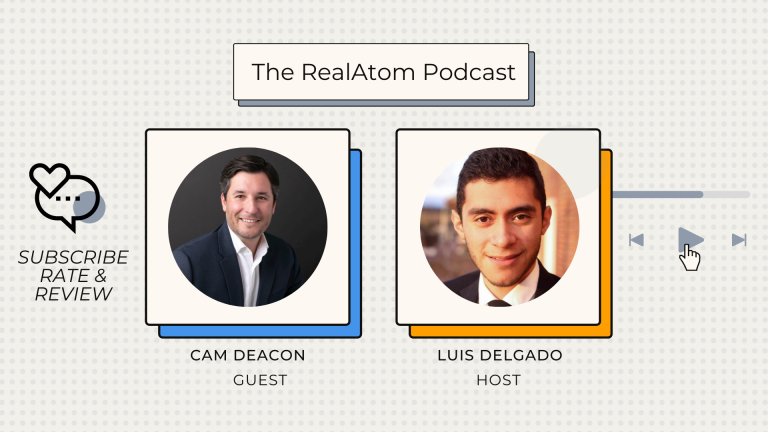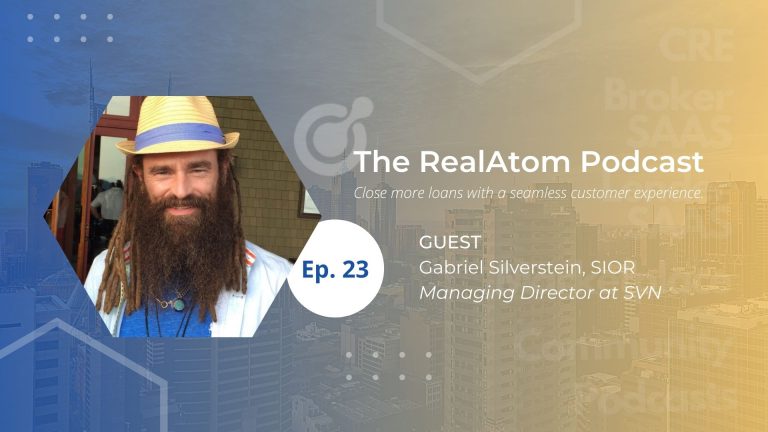Opportunity Zones mark the latest way of helping investors save on taxes, while also aiding to advance the economic fabric of an underdeveloped community. These incentives were developed by the recently-passed Republican Tax Cuts and Jobs Act of 2017, which allows private investors to save on taxes by injecting cash into certain opportunity funds.
The bill is slated to help out communities all around the Washington, D.C. area, which include underprivileged regions in Virginia and Maryland. Here’s what you should know about Opportunity Zones.
How Opportunity Zones Are Chosen
Every area of the country that is part of the low-to-moderate-income (LMI) census tracts was eligible to be designated as an Opportunity Zone. A geographic region has the LMI designation if the median family income is under 80% of the median income of the surrounding area. Plus, if the area has a poverty rate of over 20%, there’s a good chance that it will become an Opportunity Zone.
A number of census tracts located adjacent to LMI tracts were also considered for designation, regardless of income status. Ultimately, deciding whether or not an area is an Opportunity Zone is a burden that would fall on the governor of each state, albeit with some limitations. Governors had the freedom to choose up to 25% of eligible LMI or high-poverty areas as Opportunity Zones.
Up to 5% of designated tracts could fall in the middle- or upper-income if they were adjacent to LMI tracts. The tracts were reviewed by the National Community Reinvestment Coalition (NCRC), which helped to finalize the list of opportunity zones around the nation.
What an Opportunity Zone Designation Means for the Area
Garnering an Opportunity Zone designation can be big for a certain census tract as unrealized capital gains, which are used to fund these investments, is valued at roughly $6.1 trillion. Such an investment can help to completely reshape communities as long as local groups, investors and city officials join forces to determine the best initiatives to invest in.
Some positives that could arise from these investments include the expansion of start-ups that may create jobs and stimulate local economies. Job training facilities in the area could also help citizens with limited education develop an actionable skill that they can use to make a living and improve their economic situation.
Opportunity Zone could reportedly bring in up to $2.2 trillion in investments, although this means nothing unless the money is invested wisely. As things stand, the program still has many flaws that could lead to a slew of issues such as displacement, so ensuring the money is going to the right channels is as important as the money itself.
How Taxpayers Will Benefit if They Invest in Opportunity Zones
Taxpayers have plenty of reason to invest in Opportunity Zones, which is an opportunity that is offered to those who reinvest gain from a sale of property into a “Qualified Opportunity Fund.” One such benefit is that reinvesting this gain in a Fund results in the gain being deferred until the earlier of the date when the taxpayer sells their interest in the Fund or December 31, 2026.
The investment also states that if a taxpayer invests in the Fund for at least five years, 10% of the original gain is excluded. If they do so for at least seven years, an additional 5% (amounting to a total of 15%) of the original gain is excluded. Plus, if a taxpayer invests in a Fund for 10 years or more, all appreciation in that investment will be tax-free once they exit the Fund.
How the DC Area Is Set to Benefit from Opportunity Zones
A total of 149 areas in Maryland have been identified as Opportunity Zones, consisting largely of east and west Baltimore, as well as Park Heights and large parts of south Baltimore such as Port Covington. Fort Meade, Aberdeen Proving Ground and the Indian Head naval facility in southern Maryland are also set to benefit from the designation.
Some of the initiatives that could help these areas include a slew of new mixed-use offices that Under Armour CEO Kevin Plank wants to bring to Port Covington. Plus, the state has identified an area in Montgomery County as the potential spot for Amazon’s second headquarters as state officials are seeking to expand the construction of distribution centers in the area. The Shaw neighborhood in DC is another candidate for the Amazon headquarters.
Michael White, chief of staff at the Maryland Department of Housing and Community Development, is hoping to reel in investors by choosing areas that already have other programs. Local officials, developers, and politicians discussed how bringing more offices and jobs in enterprise zones could offer businesses tax benefits, which is a win-win for everyone.
In Virginia, the benefit could also be huge in areas such as Charlottesville and Albemarle County where new housing and jobs could help low-income workers spend less time and money traveling. Areas in Albemarle have expressed their enthusiasm over how the northern tract could improve in the coming years as there are plenty of transportation improvements and amenities that have been released in the last few years, with many more to come.
All in all, the DC area has a lot to win from these investments, but not everyone is in favor of Opportunity Zones, which could cause a negative impact in some regions.
The Downside of an Opportunity Zone Designation
There is some concern regarding how investing in housing and commercial real estate locations in an LMI area could adversely affect its current residents. Some zones do not actually invest in their current residents as they instead focus on improving the neighborhood, leading to potential gentrification and the displacement of existing residents.
The DC area needs to be more careful about how it invests this money as the tax subsidy could result in increased property values, higher rents, and improved business profitability. Higher-income professionals could replace the local residents as a result of higher returns to investors causing larger tax subsidies, which leads to a rapid gentrification process.
The Urban Institute Analysis discovered in a study that a full third of the tracts nominated as part of DC’s Opportunity Zones are at high risk of increased socioeconomic change, including housing unaffordability and displacement due to these incentives. Potential neighborhoods affected include Brightwood, Pleasant Plains, Deanwood and Carver Langston.
In fact, some cities are requesting to be excluded from the program due to displacement fears. Areas that are designated as Opportunity Zones and experience increased investment should be committed to developing housing below 60 and 30 percent of the area median income to keep rent low.
Additionally, existing businesses should be aided in order to help existing residents obtain gainful employment. The fact that Opportunity Zones are profit-driven, there is no incentive to actually help existing communities with programs such as Community Land Trusts, designed to help keep current housing affordable in the long-term by lowering speculative housing costs.
Ultimately, there should be enforceable regulations in place for Opportunity Zones that help to determine how the money benefits these communities, as well as proactive programmatic work that aids current residents.

;)



